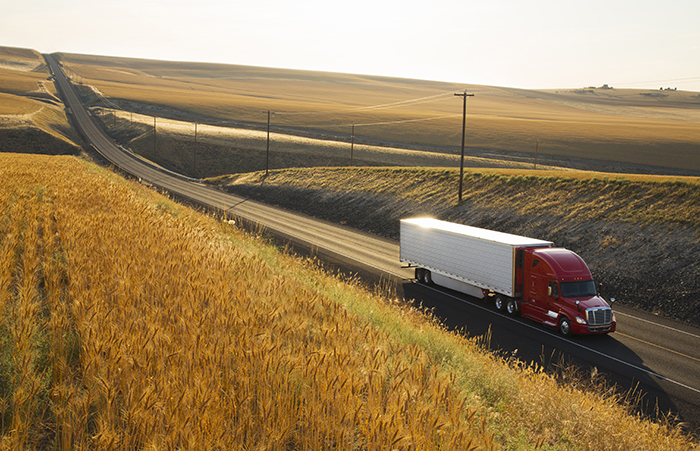A Closer Look at Operations

Freight transportation is typically a small margin business. There needs to be volume, usually miles traveled, to make a profit. The transportation market is also very fragmented with many small and medium sized carriers all competing for business against each other, as well as large carriers, which makes it extremely important to know the market and costs. The American Transportation Research Institute (ATRI) released their report, An Analysis of the Operational Costs of Trucking: 2021 Update, this past November. The report is primarily generated from survey responses and within the report the demographics of respondents is disclosed making it transparent how the information was gathered.
Among the respondents, the trend from 2016 to 2020 is a shortening trip length. The trips less than 500 miles increased from 61% to 69% which could be due to a greater demand from drivers to be home more frequently or less competition on a more local level. Trips over 1,000 miles decreased from 16% to 12%. The report indicates trip length varied greatly among companies with different fleet sizes. Across the total miles traveled, 30.8% was in the Midwest which compares with the Midwest having 40.2% of U.S. tractor registration. An interesting statistic from the responses is that tractor miles per year decreased from 2019 to 2020 from 93,955 to 89,358 which could be pandemic related as every carrier was effected differently.
Age of tractors in fleets among respondents increased to 5.3 years. This was an increase over the prior year and coincides with many fleets reducing purchasing during the pandemic, attributable to the national equipment shortage, couple with a preference to preserve liquidity. The average miles per gallon decreased slightly from 6.539 in 2019 to 6.535 in 2020. The average trailer-to-truck ratio made a big jump from 2.55 trailers to 1 truck in 2019 to 2.9 trailers in 2020 which could be due to fleets trying to have more flexibility with freight movement and gaining efficiencies with drivers available time.
Being that freight charges are often quoted by per mile rates, knowing your costs on a per mile basis is useful. Major expense categories such as fuel, equipment purchase payments/lease, fleet insurance, driver pay and benefits can significantly decrease the profit per mile. Since 2011, driver wages have increased from $0.460 cents per mile (CPM) to $0.566 CPM in 2020. Fuel costs since 2011 compared to 2020 have decreased from $0.590 to $0.308 CPM while equipment (tractor/trailer) lease or purchase payments have increased from $0.189 to $0.271.
You can download the complete ATRI report by going to https://truckingresearch.org/ and scrolling down to “Latest Research”. There you will also find various other reports you may find useful as you assess your operations or the industry.
How does your Company compare? We suggest benchmarking your financial results against these results to identify what’s going well, and where improvement may be needed.
Source: An Analysis of the Operational Costs of Trucking: 2021 Update – American Transportation Research Institute
Nathan is a CPA and has more than ten years of experience providing tax planning, consulting and compliance services to a number of privately held businesses and individuals in a variety of industries, with a special focus on the transportation and logistics industry. He actively communicates with clients and seeks ways to align their individual and business goals with available tax strategies to allow them to make well-informed decisions.

Comments are closed.